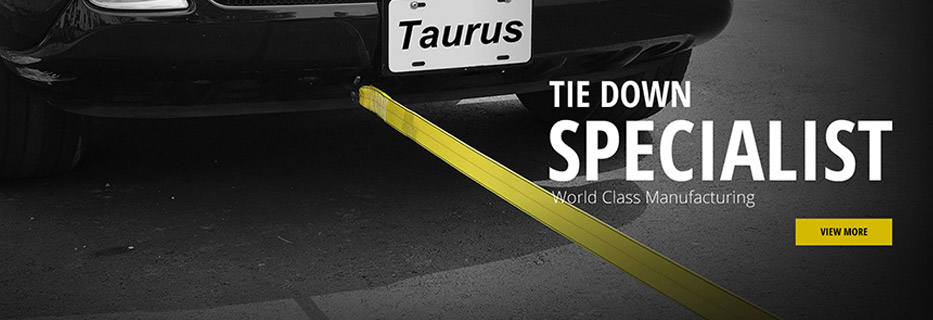expanding drywall anchor
Understanding Expanding Drywall Anchors A Comprehensive Guide
When it comes to hanging various items on drywall, the type of anchor you choose can make all the difference in terms of stability and safety. Expanding drywall anchors, in particular, are a popular choice due to their robustness and ease of installation. This article delves into what expanding drywall anchors are, how they function, their types, and tips for proper use.
What are Expanding Drywall Anchors?
Expanding drywall anchors are fasteners specifically designed to secure objects to drywall surfaces. They differ from standard screws in that they expand inside the wall cavity, providing a stronger grip. This feature makes them ideal for hanging heavier items such as shelves, pictures, mirrors, and even small appliances.
The mechanism behind these anchors typically involves a metal or plastic sleeve that expands when a screw is driven into it. As the screw is inserted, the anchor’s sides press outwards against the drywall, creating a tight fit that can hold significant weight without pulling out.
Types of Expanding Drywall Anchors
There are several types of expanding drywall anchors, each suited for different applications
1. Toggle Bolts These anchors consist of a spring-loaded toggle that opens inside the wall, providing a large surface area to distribute weight. They are particularly effective for heavy items, but installation can be more complex than other types.
2. Wing Anchors Similar to toggle bolts, wing anchors expand when inserted. However, they feature “wings” that flip open after passing through the drywall, creating a secure hold. They are easy to install and ideal for medium to heavy loads.
3. Plastic Expansion Anchors Often referred to as “Molly bolts,” these anchors expand as the screw is tightened. They are commonly used for lightweight to medium objects and are easy to install, making them suitable for DIY projects.
4. Metal Expanding Anchors These serve a similar purpose but are made from metal for increased strength and durability. They are suitable for securing heavy objects and can handle greater loads than their plastic counterparts.
How to Install Expanding Drywall Anchors
expanding drywall anchor

Installing expanding drywall anchors is a straightforward process, though it requires a few careful steps to ensure effectiveness
1. Select the Right Anchor Begin by assessing the weight and type of the item you wish to hang. Choose an anchor type that suits the weight category for optimal results.
2. Prepare the Wall Use a stud finder to locate any studs behind the drywall. If there are none suitable for your item, determine the location for your anchor carefully, ensuring it's aligned properly.
3. Drill the Hole Using a drill bit that matches the size of your chosen anchor, drill a hole into the drywall. Make sure the hole is deep enough for the anchor to fit snugly.
4. Insert the Anchor Place the anchor directly into the hole. If it’s a toggle bolt, you may need to squeeze the wings to insert them into the wall.
5. Screw In the Fastening Screw Using a screwdriver, insert the screw through the anchor. As you tighten the screw, the anchor will expand, gripping the drywall securely.
6. Test the Stability Before hanging your item, gently pull on it to ensure that the anchor is firmly in place.
Tips for Effective Use
- Weight Limits Always check the weight limits of the anchor you are using. Exceeding these limits can result in failure and damage to your wall. - Use Multiple Anchors For particularly heavy items, it's advisable to use multiple anchors to distribute the weight evenly. - Consider Wall Conditions If your drywall is old or damaged, it may not hold anchors as effectively. In such cases, consider reinforcing the area or using longer screws that reach the studs.
Conclusion
Expanding drywall anchors are vital tools for hanging items securely on drywall surfaces. With a variety of types available, understanding how to choose and install them correctly can significantly enhance your home improvement projects. By following the guidelines outlined above, you can ensure that your belongings are safely and reliably hung, adding both functionality and aesthetic appeal to your spaces.
-
Weatherproof Plastic Expansion Anchors for OutdoorNewsJun.06,2025
-
Sustainability in the Supply Chain: Eco-Friendly TEK Screws ProductionNewsJun.06,2025
-
Load-Bearing Capacity of External Insulation FixingsNewsJun.06,2025
-
Double Head Bolts: Enhancing Efficiency in Industrial MachineryNewsJun.06,2025
-
Corrosion Resistance in Chipboard Screws: Coatings for Wholesale DurabilityNewsJun.06,2025
-
Butterfly Toggle Bolts : Enhancing Structural ResilienceNewsJun.06,2025
